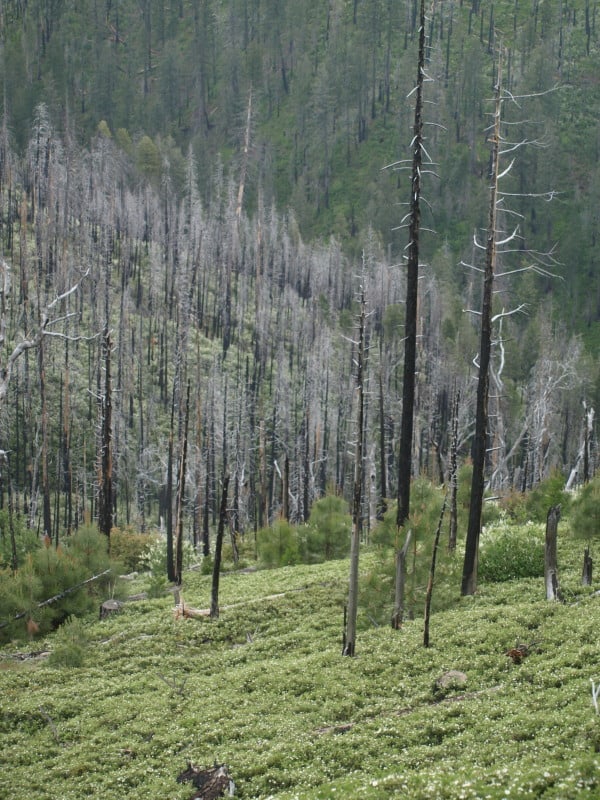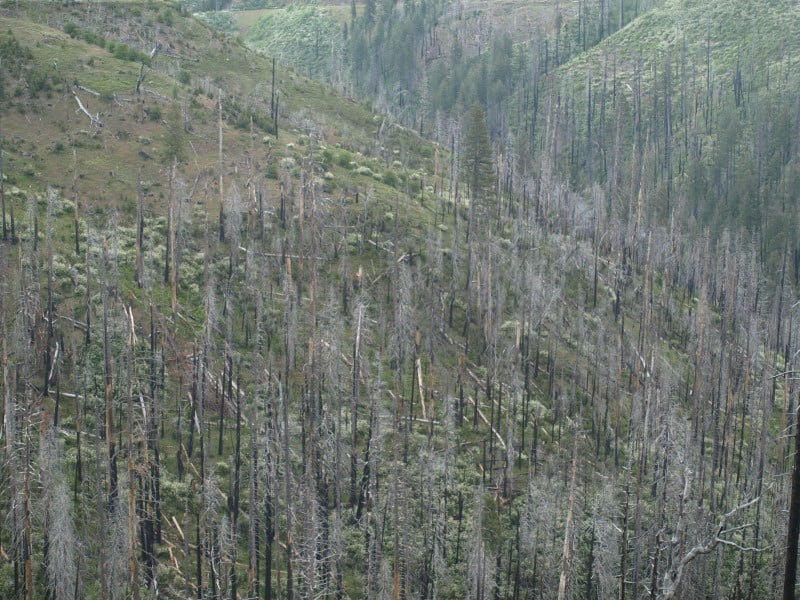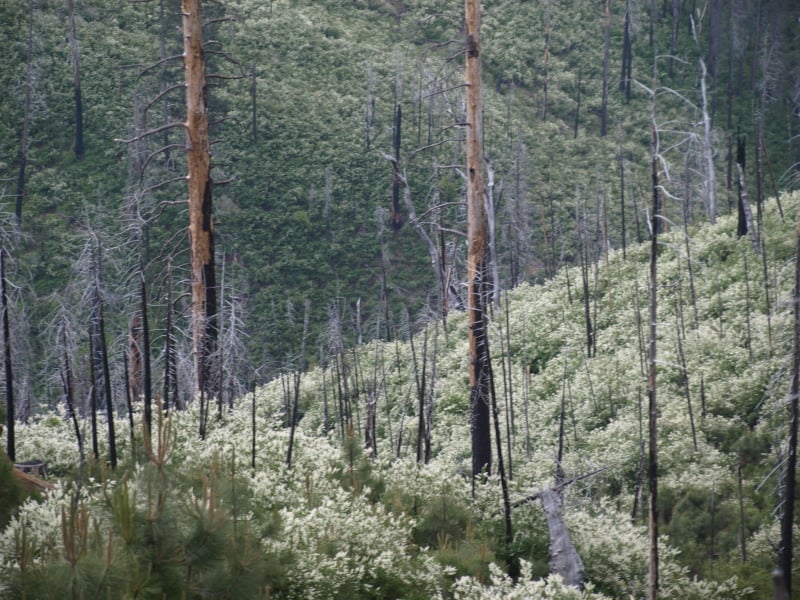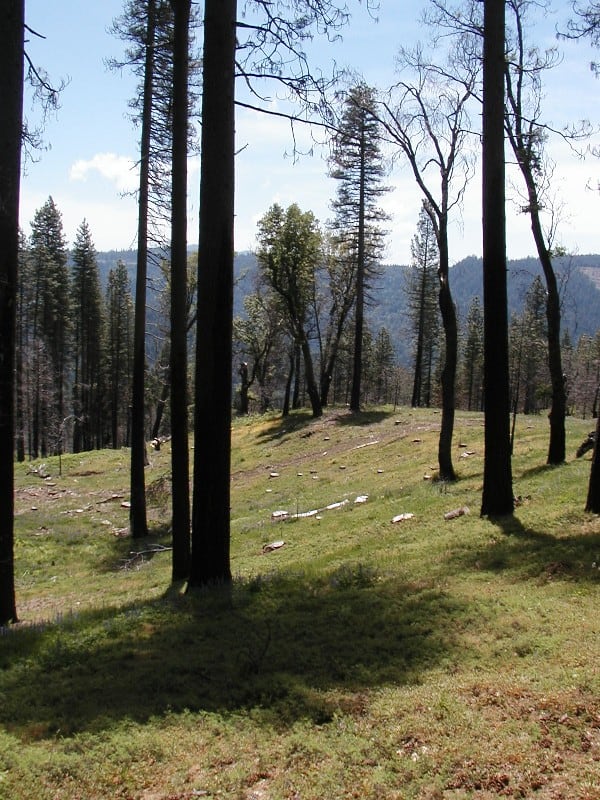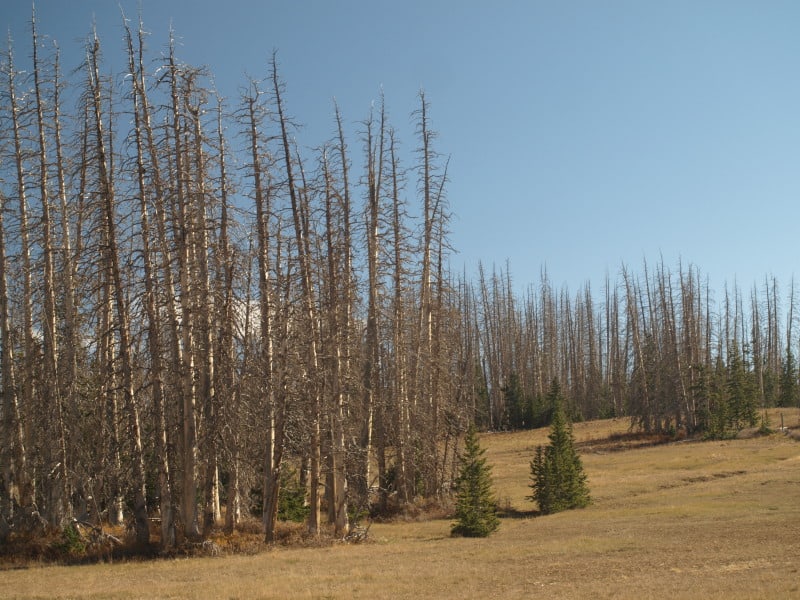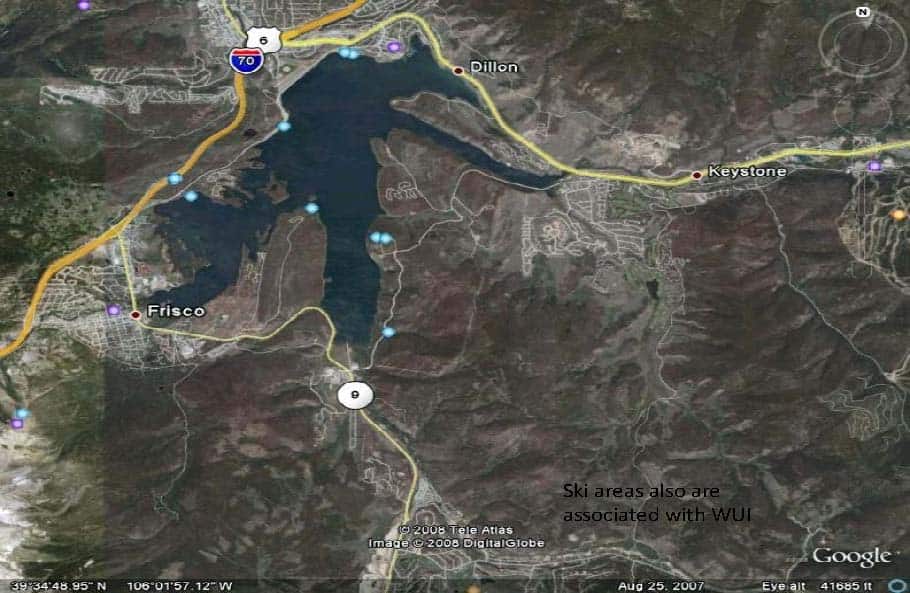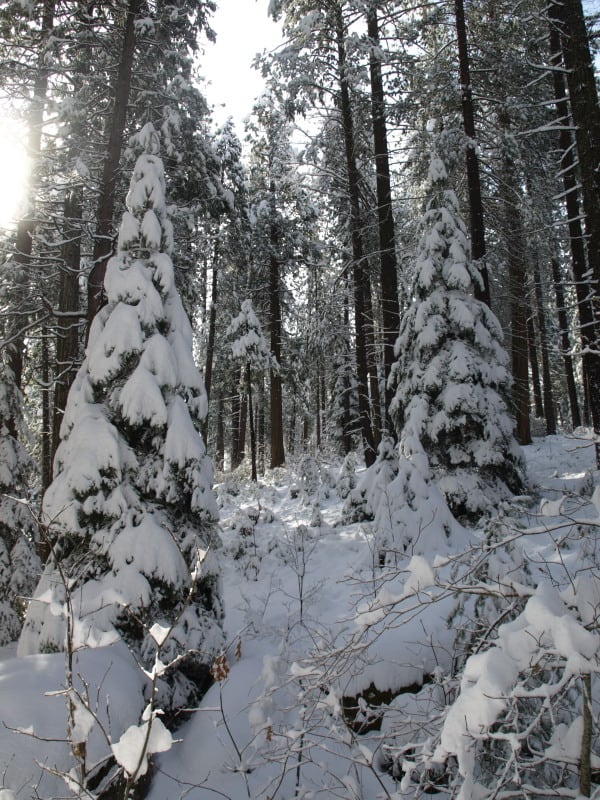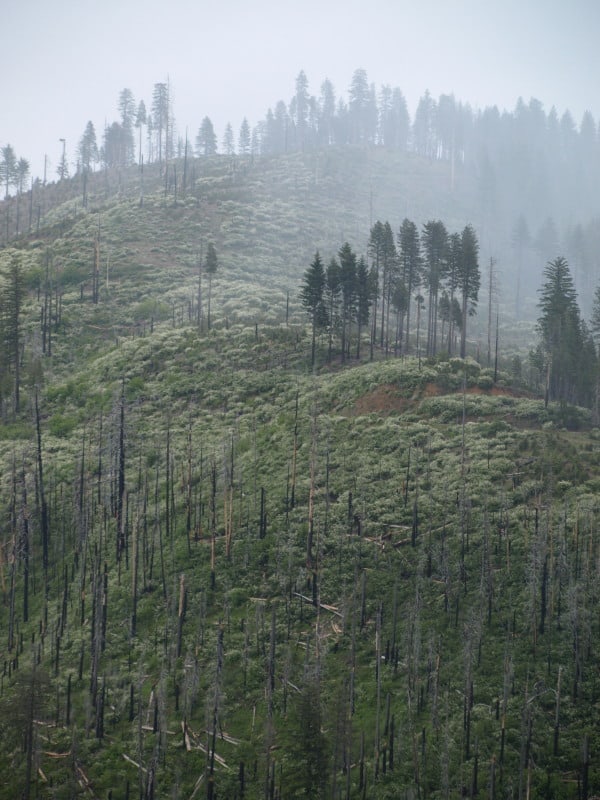One thing I noticed when panels of scientists came to talk to us about our bark beetle response (from CU particularly) is that they kept talking about our “going into the backcountry and doing fuel treatments” and why this was a bad idea. We would tell them we weren’t actually doing that, but I don’t think they believed us. I have found in general, that people at universities tend to think that a great deal more management is possible on the landscape than actually ever happens. The fact that Colorado has few sawmills means we aren’t cutting many trees for wood..
Anyway, in my efforts to convey this “there isn’t much we really can/can afford to do in these places”, I ran across this story.. It just seems so common-sensical and drama free. Perhaps that is the culture of the San Luis Valley, reflected in its press coverage.
Note: Dan Dallas, the Forest Supervisor of the Rio Grande National Forests (and former Manager of the San Luis Valley Public Lands Center, a joint FS/BLM operation, ended for unclear reasons) is a fire guy, so has practitioner knowledge of fires, fire behavior and suppression.
A beetle epidemic in the forest will have ramifications for generations to come.
Addressing the Rio Grande Roundtable on Tuesday, Rio Grande National Forest staff including Forest Supervisor Dan Dallas talked about how the current spruce beetle epidemic is affecting the forest presently and how it could potentially affect the landscape and watershed in the future. They also talked about what the Forest Service and other agencies are doing about the problem.
We’ve got a large scale outbreak that we haven’t seen at this scale ever, Dallas said.
SLV Interagency Fire Management Officer Jim Jaminet added the infestation and disease outbreak in the entire forest is pretty significant with at least 70 percent of the spruce either dead or dying “just oceans of dead standing naked canopy, just skeletons standing out there.”
Dallas said unless something changes, and he and his staff do not think it will, all the spruce will be dead in a few years.
As far as effects on wildlife, Dallas said the elk and deer would probably do fine, but this would have a huge impact on the lynx habitat.
He also expected impacts on the Rio Grande watershed all the way down to the New Mexico line. For example, the snowpack runoff would peak earlier.
However, Dallas added, “All that said, it is a natural event.”
He said the beetle epidemic destroying the Rio Grande National Forest spread significantly in just a few years. He attributed the epidemic to a combination of factors including “blow down” of trees where the beetles concentrated on the downed trees, as well as drought stressing the trees so they were more susceptible to the bugs, which are always present in the forest but because of triggering factors like drought have really taken over in recent years.
“There’s places up there now where every tree across the board is gone, dead,” Dallas said. “It’s gone clear up to timberline.”
He said the beetle infestation could be seen all the way up the Rocky Mountain range into Canada.
Safety first
To date, the U.S. Forest Service’s response has focused on health and safety both of the public and staff, Dallas explained. Trees have been taken out of areas like Big Meadows and Trujillo Meadows campgrounds where they could pose a danger to visitors, for example.
“Everybody hiking or whatever needs to be aware of this. All your old habitats, camping out underneath dead trees, that’s bad business,” Dallas said.
He said trail crews can hardly keep up with the debris, and by the time they have cleaned up a trail, they have to clear it again on their way back out.
Another way the Forest Service is responding to the beetle epidemic is through large-scale planning, Dallas added.
For example, the Forest Service has 10 years worth of timber sales ready to go at any point in time, which was unheard of a few years ago.
……….
Forest research
Dallas said a group of researchers from the Forest Service will be looking at different scenarios for the forest such as what might happen if the Forest Service does nothing and lets nature take its course or what might happen if some intervention occurs like starting a fire in the heat of summer on purpose.
The researchers are expected to visit the upper Rio Grande on June 17. They are compiling a synthesis before their trip. They will then undertake some modeling exercises to look at what might happen in the forest and what it will look like under different scenarios.
“We have the opportunity now to do some things to change the trajectory of the forest that comes back,” Dallas said. “We want to understand that, not to say that’s something we really want to do.”
He added, “We would have to involve the public, because we are talking about what the forest is going to look like when we are long dead and gone and our kids are long dead and gone.”
If the Forest Service is going to do something, however, now is the time, he added.
Fire risks
Jaminet talked with the roundtable members about fire risks in the forest.
Fire danger depends on the weather and the environment, he said.
If the conditions were such that the weather was hot, dry and windy, “We could have a large fire event in the San Luis Valley,” Jaminet said.
He added that fortunately the Valley does not have many human-caused fires in the forests. The Valley is also fortunate not to have many lightning-caused fires, he added.
“Will there be an increase in fires?” he asked. “Probably not. Will there be an increase in severity? Probably not now but probably later. The fire events are going to be largely weather driven.”
He said some fire could be good for an ecosystem as long as it does not threaten structures and people
One has to wonder whether the reviewers of the NSF studies (in this post) knew that the FS was doing what appears to be addressing the same problem, only with different tools. Seems to me like some folks who study the past, assume that the past is somehow relevant to the best way forward today. I am not against the study of history, but, to use a farming analogy, we don’t need to review the history of the Great Plains before every planting season.
Maybe there should be financial incentives for those who find duplicative research, with a percentage of the savings targeted for National Forest and BLM recreation programs ;)?
